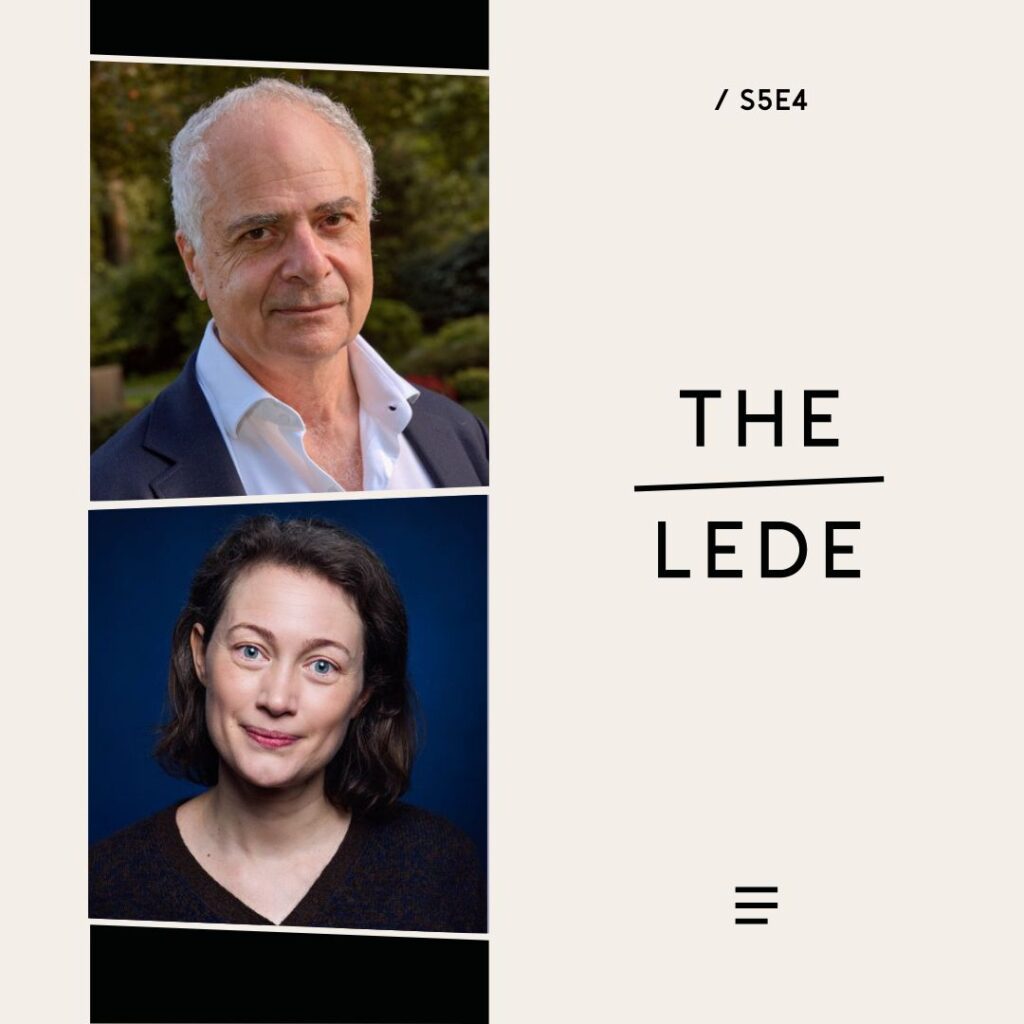Every conflict is different, as Pierre Hazan knows all too well. The veteran negotiator and senior adviser on transitional justice with the Centre for Humanitarian Dialogue has witnessed many wars, including those in the former Yugoslavia and the Central African Republic. And while no two are the same, more often than not they start from the same place.
“Very often you start by what we call ‘Track Two,’” Hazan, author of the recently published book “Negotiating with the Devil: Inside the World of Armed Conflict Mediation,” tells New Lines’ Lydia Wilson. “You try to approach different people that are ready to talk to the other side. It’s a period of testing the different red lines to better understand the dynamics of each side.”
“When you are confronted with excruciating dilemmas, you are trying to identify the lesser evil. It’s not a perfect solution, it’s not even a good solution, but it’s possibly a lesser evil.”

Hazan explains that much of the work of the conflict mediation happens away from the negotiating table.
“Very often it could be dangerous to go too fast and to want to have both sides together. They need to be ready to do that; they need to have elaborated their red lines; they need to have elaborated their strategy. So you spend a lot of time working separately with each group.”
Hazan and Wilson discuss the underlying tension between choosing to pursue peace on the one hand or justice on the other. Hazan recalls meeting a Western ambassador. “He said, ‘It’s so bizarre — I just had a whiskey with Milosevic and some people here want to indict him. How does it work? Do we want to make peace or do we want this man behind bars?’”
Negotiation usually involves a compromise with powerful people who might have committed horrendous acts.
“Sometimes the imperative is to get the war to stop, and people stop getting killed and justice will come later. But you will try at the same time to introduce some elements of justice even during the peace process,” Hazan says. “Human rights documentations and other things could be important because also it gives hope to the victims, to the society at large. They can imagine a process of reconstruction.”
Hazan and Wilson debate the nature of the International Court of Justice’s recent findings in the case of South Africa’s case against Israel for a potential breach of the Genocide Convention. But Hazan notes the case’s effect on the multiple tracks of negotiation currently taking place in the context of the Gaza conflict.
Wilson challenges Hazan on his contention that it is always necessary to take the immediate option to save lives, as she argues that in the case of Syria such a choice might have led to a greater death toll in the conflict in that country. Hazan, however, notes the example of the 1995 massacre in Srebrenica of Bosniak Muslims, which he argues could have been averted.
“When you are confronted with excruciating dilemmas, you are trying to identify the lesser evil,” Hazan says. “It’s not a perfect solution. It’s not even a good solution, but it’s possibly a lesser evil.”
Produced by Finbar Anderson


